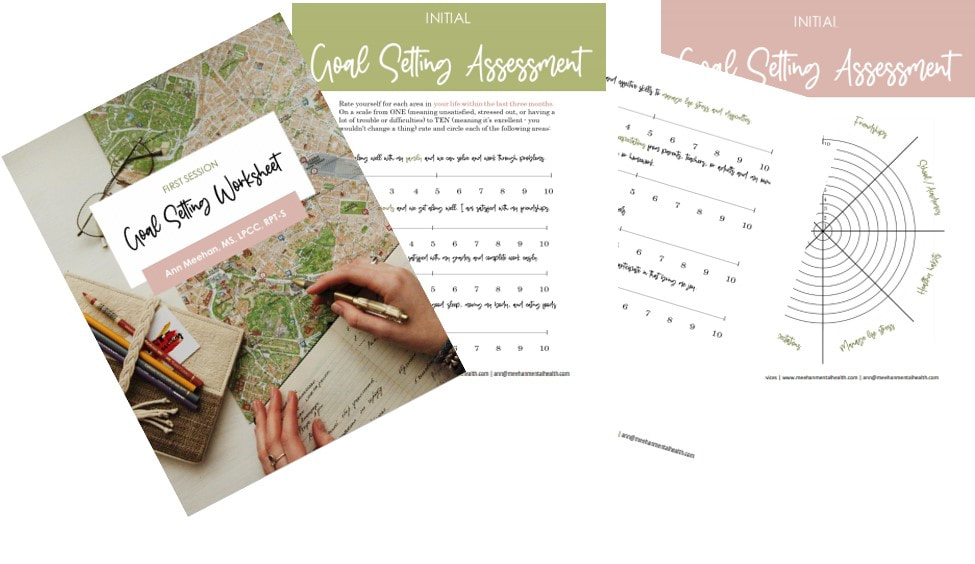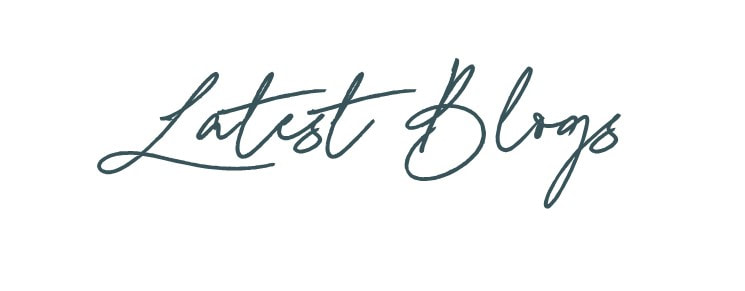|
Goal setting is one of my favorite things about the intake process. No, really! When you can fully understand a client’s current level of symptoms when they start therapy, it is incredibly clear to see if they are improving in their mental wellness. And although there are external life stressors that may make it difficult for a client to progress, most of the time when you update goals you can see changes, improvement, and progress! Woo Hoo! High five! This is also extremely helpful when you have parents or caregivers that don’t feel like their child has changed. Well….the initial treatment plan says that your child was tearful 2x per day and now they are having 2 crying episodes per week! Amazing news! Sometimes parents (or children for that matter) don’t notice the micromovements of change that come during the therapy process and it might feel the same or normal to them but when you give them a clear picture to look back on it can make all the difference! It can allow them to give themselves credit and celebrate their successes! Now, I am a firm believer that goals should be done collaboratively with the client, not just you typing away alone at your computer to wrap up the paperwork. For younger clients this might be heavily guided by their parent. However, for late elementary school students to teenagers they have the ability to think more about what they want from the therapy process. And at the same time articulating goals to insurance standards for young people can be, well...tough. Does “I want to feel better” count for a quantifiable goal? To help engage middle to older adolescent clients I developed a FREE interactive goal setting worksheet. Now updated with two font options!!! This worksheet is an adaptation of the Wheel of Life activity developed by Paul J. Meyer for coaches to use with adult coaching clients. I adapted it to use with my middle school and teen clients to help them take personal responsibility and ownership for goal setting, which can be difficult at any age! In this worksheet young people are encouraged to rate themselves on the 8 most common areas goals are typically set with young people and it also accesses the right brain visual centers which is a huge bonus! Grab your FREE interactive goal setting worksheet HERE! (now updated with two font options!) This worksheet assesses the 8 most common areas where I see young people struggling and needing to set goals. The first step is to fill out the self assessment sheet of how satisfied they are with each area on a scale of 1-10. Areas include things like peer and family relationships as well as self esteem. Once all of these areas are rated the client colors from 0 -10 in each category their level of satisfaction. Any color that seems right! At the end you process the circle. Sometimes I will use a wheel analogy and let young people know that in order for us to be operating as our best selves we want our wheel to be as full as realistically possible and a wheel that could roll down the street. Nobody will have all 10s, but sometimes it is difficult to live life as what I call a “whole happy person” if there are several areas where you are at a 1 or a 2. That leads to a stuck wheel! Client goals in therapy should be targeted at helping increase client’s abilities to live their life in a way that feels good to them (and keep their wheel rolling)! By filling out the goal setting worksheet you can get clearer on what brought your client to therapy and what areas of their life they want to improve! Grab your copy to use in assessment sessions HERE! Now updated with two font options! Looking for more resources and support for your intake sessions? Check out this training HERE! Let's Connect - click here to join my email list!
1 Comment
Joy
10/26/2022 06:30:08 am
This is great! What ages do you use this with? Would it be appropriate to use with an 8 year old? Thank you!
Reply
Leave a Reply. |
Hi, there!I'm Ann Meehan, an LPCC, Loading... Archives
July 2024
Categories
All
|
Privacy Policies | Terms of Use | Disclaimer
Contact
[email protected] | Copyright Meehan Mental Health Services 2022
Contact
[email protected] | Copyright Meehan Mental Health Services 2022






